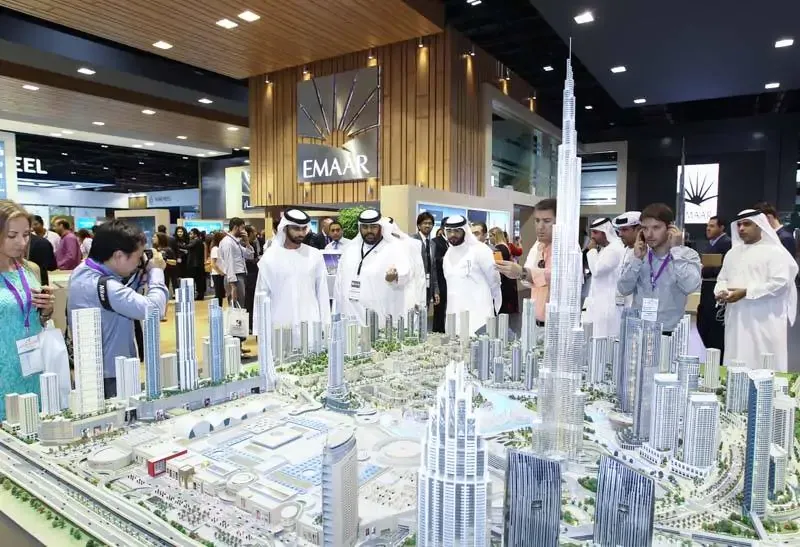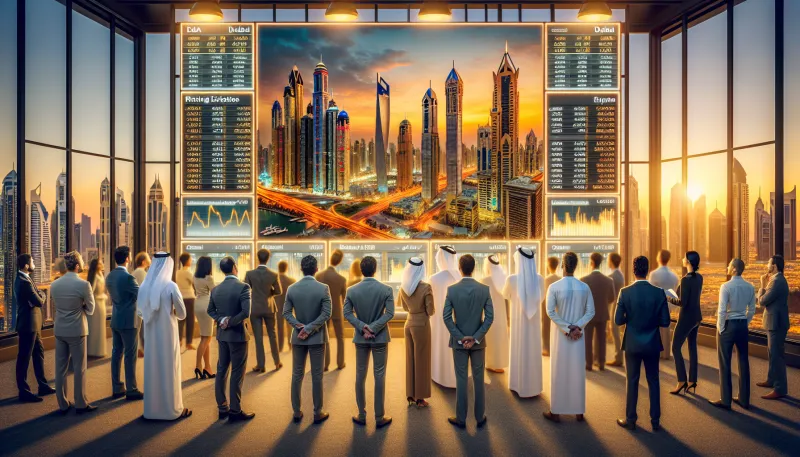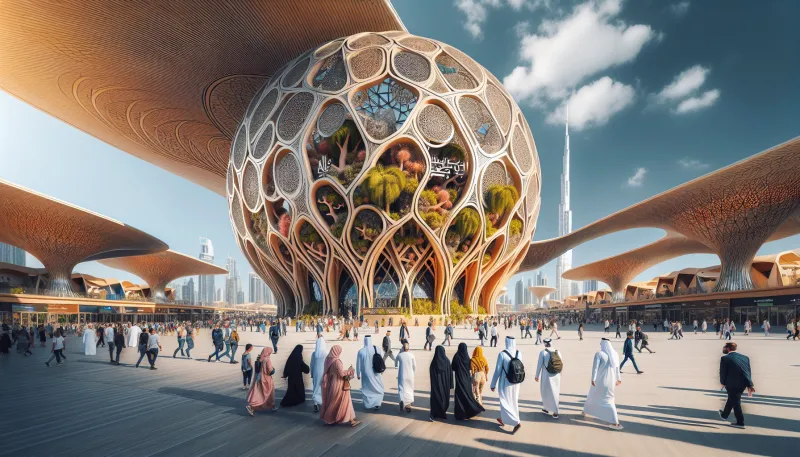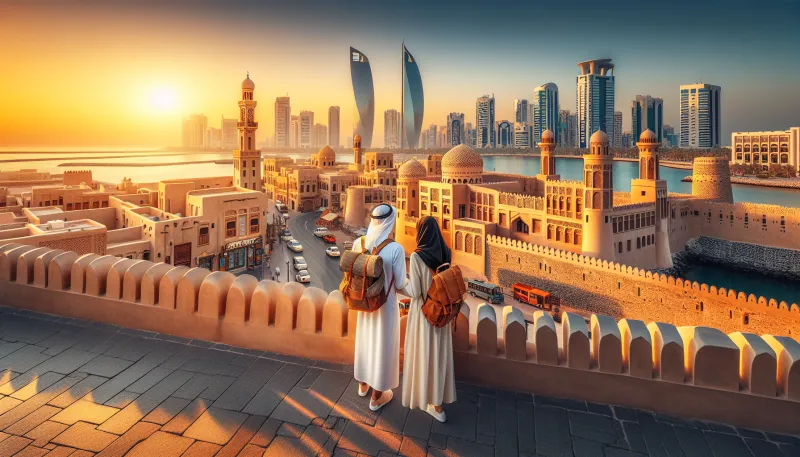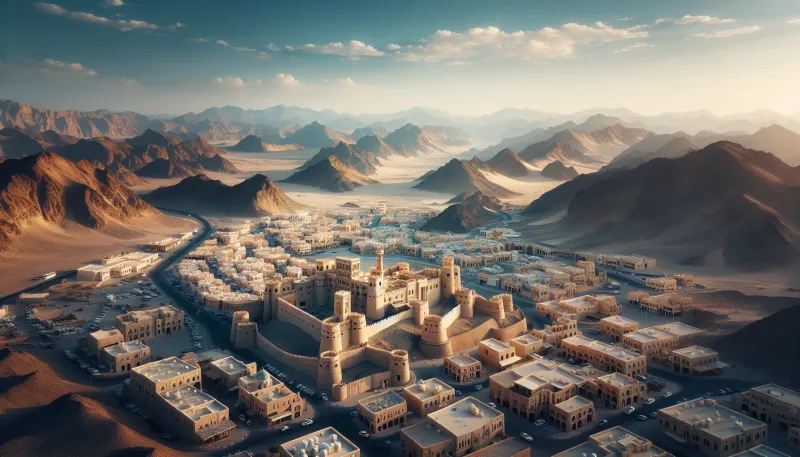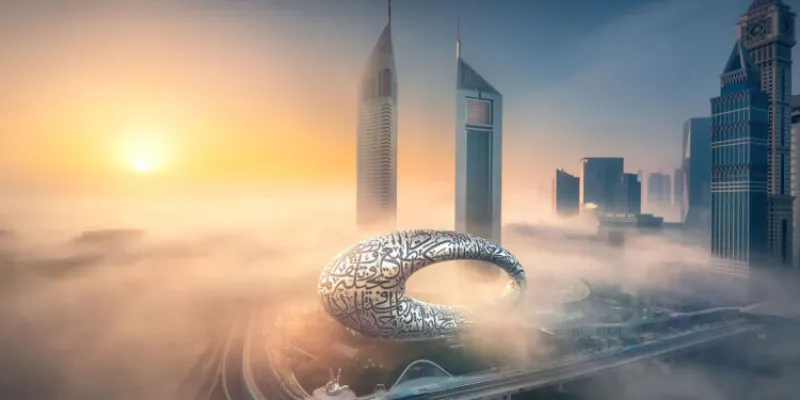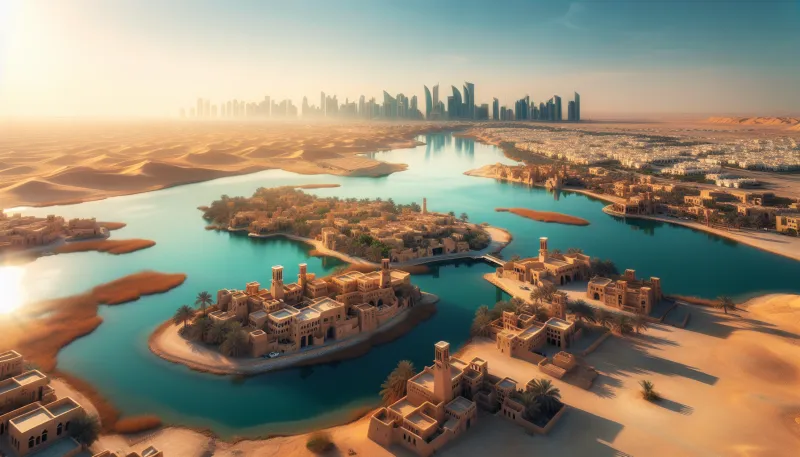
Tracing the rich history of Umm Al Quwain
Umm Al Quwain, one of the seven emirates of the United Arab Emirates, holds a unique position in the region's history. Known for its calm lagoons and remarkable archaeological sites, this emirate offers deep insights into the cultural and historical development of the Arabian Peninsula, from ancient times through to its modern establishment.
- Early archaeological discoveries
- Strategic location and maritime significance
- Influence of the Al Ali tribe
- The emergence of the sheikhdom in the 18th century
- Pearling and its economic impact
- The 19th century and British treaties
- Modern development and integration into the UAE
- Preservation of cultural heritage and landmarks
- Role in regional geopolitics and trade networks
Early archaeological discoveries
Excavations in Umm Al Quwain have revealed the presence of human settlement dating back to the Bronze Age. Archaeological sites such as Tell Abraq indicate that the area was inhabited as early as 2000 BCE, serving as an important center for trade and maritime activity during the Umm Al-Nar culture period. These findings illustrate the emirate's historic role as a commercial hub in the Persian Gulf region.
Strategic location and maritime significance
Umm Al Quwain’s geographical position along the Arabian Gulf coast made it strategically significant for regional trade routes. Its natural harbor and access to the sea facilitated fishing, pearling, and trading activities that shaped its economy and social structure well into the modern era. The emirate's maritime heritage is an integral part of its historical identity.
Influence of the Al Ali tribe
The Al Ali tribe has been central to the formation and governance of Umm Al Quwain. Historically, they migrated to the area and established the ruling sheikhdom, exerting control over local trading activities and political affairs. Their leadership helped consolidate Umm Al Quwain's status among the maritime communities in the Gulf.
The emergence of the sheikhdom in the 18th century
By the 18th century, Umm Al Quwain had evolved from a collection of villages into a recognizable sheikhdom. Its rulers negotiated treaties with foreign powers, particularly the British, aiming to maintain peace and stability along the coast. These agreements laid the groundwork for the emirate’s political structure in the 19th and 20th centuries.
Pearling and its economic impact
The pearling industry played a vital role in Umm Al Quwain’s economy prior to the discovery of oil. The pearl divers risked perilous journeys in search of high-quality pearls, which were prized commodities across Asia and Europe. This industry supported local livelihoods and enabled trade connections with distant markets.
The 19th century and British treaties
Throughout the 19th century, Umm Al Quwain was part of the Trucial States, a collection of sheikhdoms under British protection. Treaties signed during this period aimed to curb piracy and establish maritime peace. British influence shaped the emirate’s political and security frameworks, while allowing it to retain considerable autonomy over internal matters.
Modern development and integration into the UAE
In 1971, Umm Al Quwain joined the United Arab Emirates federation, transitioning from a traditional sheikhdom into a modern emirate within a rapidly developing nation. Since then, it has balanced economic diversification including tourism, agriculture, and industry while preserving its cultural heritage and natural environment.
Preservation of cultural heritage and landmarks
Umm Al Quwain has invested in maintaining its historical sites such as the Umm Al Quwain Fort, which was originally built in the late 18th century. Museums and cultural centers showcase the emirate's past, including its maritime traditions and archaeological heritage, fostering a strong sense of identity and continuity.
Role in regional geopolitics and trade networks
Historically, Umm Al Quwain played a discreet but impactful role within the geopolitics of the Gulf. Its proximity to major maritime routes meant it was part of broader trade and security arrangements, both before and after the formation of the UAE. Its leadership adapted diplomatically to changing regional dynamics throughout the centuries.
Real Estate Market Researcher in the UAE and Middle East








